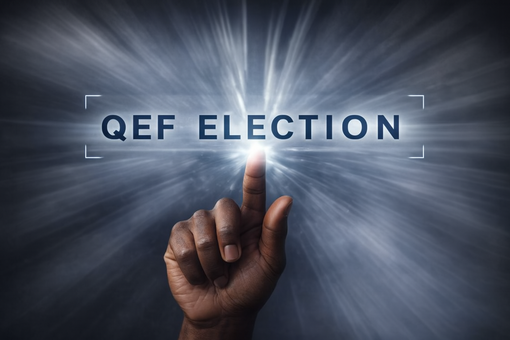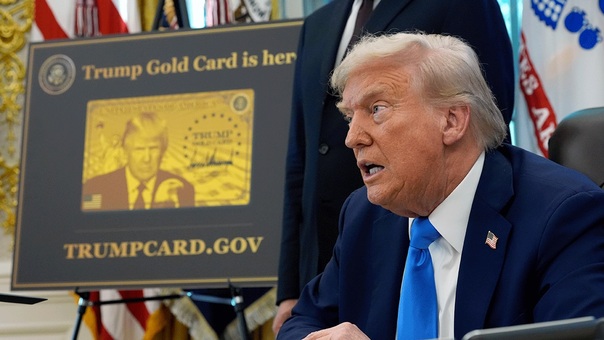Bona Fide Residence vs. Physical Presence Test: Key differences for US expats

The US tax code provides two ways for Americans abroad to prove they qualify for the Foreign Earned Income Exclusion. The Bona Fide Residence standard looks at whether you’ve established long-term ties to another country, while the Physical Presence Test focuses strictly on your day count abroad.
In this article, we explain the differences, key criteria, and how to choose the right approach for your situation in 2025.
This article is brought to you by Taxes for Expats – a top-rated team helping Americans abroad understand the rules of residence and presence for claiming the FEIE. Our specialists make it clear which test applies to your case and guide you through every filing step. Discover more about our services or contact us today.
What does Bona Fide Residence mean
The IRS treats you as a bona fide resident when you live in a foreign country for an uninterrupted period that includes a full tax year. In plain terms, you move abroad, plant real roots, and keep life there for the entire calendar year.
It’s a facts-and-circumstances standard focused on intent, ties, and a foreign tax home. It’s also one of the two paths to claim the Foreign Earned Income Exclusion, which is $130,000 for 2025.
Here are the core elements the IRS looks for when applying the Bona Fide Residence Test:
- Having a permanent home outside the US. To satisfy this, you must establish a genuine residence in a foreign country – not just a temporary lodging. Renting or owning a long-term home, enrolling family with you, having a local address, and integrating into daily life abroad all help demonstrate this. The IRS looks at whether you’ve “set up permanent quarters” abroad.
- Intention to stay abroad for an indefinite period. More than just staying for a few months, your move should lack a fixed end date. You show this by acting as though you mean to make that foreign country your real home – having local bank accounts, maybe enrolling children in foreign schools, or abandoning some US-based routines. Your words matter less than your actions.
- Supporting documents: visa, long-term lease, local tax records. Since BFR is subjective, documentation is key. Proof of visa/resident permit status, home lease or purchase with a long term, paying taxes to the foreign government, registering with local authorities, utility bills, etc., helps support your claim. The IRS uses the facts you report on Form 2555 as part of this evidence.
- Time requirement – generally a full tax year. You must live in a foreign country without interruption for an entire US tax year (if you are a calendar-year filer, from January 1 through December 31). You can take brief trips back to the US or elsewhere, so long as you intend clearly to return. The “uninterrupted period includes an entire tax year” condition is essential.
Someone who relocates abroad on January 10, 2026, signs a three-year lease, opens a bank account, registers local taxes, has family accompanying them, gives up or sells their US housing, builds a permanent home, and demonstrates intention.
Because their stay extends indefinitely with strong local ties and covers the full calendar year 2025, they satisfy the time requirement. All supporting documentation, like the lease, tax returns, and proof of visa, becomes evidence in the Form 2555 filing to claim the Foreign Earned Income Exclusion (FEIE).

What are the core essentials of the Physical Presence Test
This part shows exactly how to use time abroad to qualify for tax relief without needing to prove residence or intent. It ties into the Foreign Earned Income Exclusion and sets up comparisons to the Bona Fide Residence Test and timing strategies.
The Physical Presence Test requires 330 full days spent in one or more foreign countries during any 12-month period. This is strictly about physical location, not about intent, employer status, or local ties. Every full day must be midnight to midnight in a foreign country. Time over international waters or inside the US doesn’t count. Partial days of travel, arrival, or departure days don’t count toward the 330.
You can choose any 12-month span that gives you the best chance to hit 330 qualifying days – it does not have to align with the calendar year. For example, someone moving abroad on March 15, 2024, could use a period from March 15, 2024, to March 14, 2025. If they have 330 full foreign days in that span, they’re eligible under the Physical Presence Test.
Meeting the Physical Presence Test lets you claim part or all of the FEIE on foreign earned income via IRS Form 2555. The maximum exclusion for 2025 is $130,000.
Key differences between Bona Fide Residence and Physical Presence Tests
Most expats qualify for FEIE by meeting the Bona Fide Residence Test or the Physical Presence Test. Below is a crisp comparison for 2025, followed by a short note on must-know rules.
| Category | Bona Fide Residence test | Physical Presence test |
|---|---|---|
| Main focus | Facts-and-circumstances residency with strong foreign ties and intent to live abroad. | Objective day-count – 330 full 24-hour days in foreign countries within any 12-month period. |
| Time requirement | An uninterrupted period that includes a full calendar year abroad. | Choose any 12-month window; must reach 330 full days outside the US (time over international waters doesn’t count). |
| Flexibility | Best after the first full calendar year; occasional US visits may be okay if foreign abode and ties remain primary. | Highly flexible across countries, pick the window that maximizes qualifying days, but the 330-day threshold is strict. |
| Best for | Long-term movers with stable local contracts, housing, and community ties. | Mid-year movers, frequent travelers, and digital nomads who can meet the 330-day count. |
NOTE! Both tests require that your tax home and abode be abroad, not in the US. In 2025, the Foreign Earned Income Exclusion is $130,000 (higher for IRS-listed high-cost cities under Notice 2025-16).
Before diving into the specifics, verify your FEIE eligibility for this test to see if it fits your travel or residency pattern.
OBBBA and how it changes Bona Fide Residence and Physical Presence
Enacted July 4, 2025, the One Big Beautiful Bill Act (OBBBA) – Public Law 119-21 – does not alter section 911’s qualification mechanics for expats (an inference from IRS summaries of the law that contain no 911 changes).
The Bona Fide Residence Test remains a facts-and-circumstances standard requiring an uninterrupted period that includes a full calendar year abroad. The Physical Presence Test still requires 330 full 24-hour days in foreign countries within any 12-month span, excluding days in the US and time over international waters.
For 2025, FEIE stays at $130,000 with a 16% base housing amount ($20,800) and a general 30% cap ($39,000) – higher limits apply for listed high-cost localities under Notice 2025-16.
Simplify expat tax rules with expert guidance
Navigating the residency tests can feel overwhelming – especially when deadlines, day counts, and housing limits all come into play. Choosing the wrong path could mean losing part of your $130,000 FEIE in 2025 or missing out on valuable housing exclusions.
That’s why Taxes for Expats provides personalized, year-round support to help Americans abroad claim every benefit they deserve while staying fully IRS-compliant.

FAQ
You can’t claim the Foreign Earned Income Exclusion or housing benefits. You may still use the Foreign Tax Credit on Form 1116 and other eligible deductions to reduce tax.
The IRS may waive the time requirement for specific countries due to war, civil unrest, or similar conditions. Transit between two foreign points with less than 24 hours in the US does not break your foreign-day count.
Yes, some expats satisfy both in the same period. You only need one – choose the option that provides the best exclusion and housing result.
Not automatically – state residency is determined under each state’s rules. If you keep domicile or strong ties in a state, you may still owe state tax even if you qualify federally.



